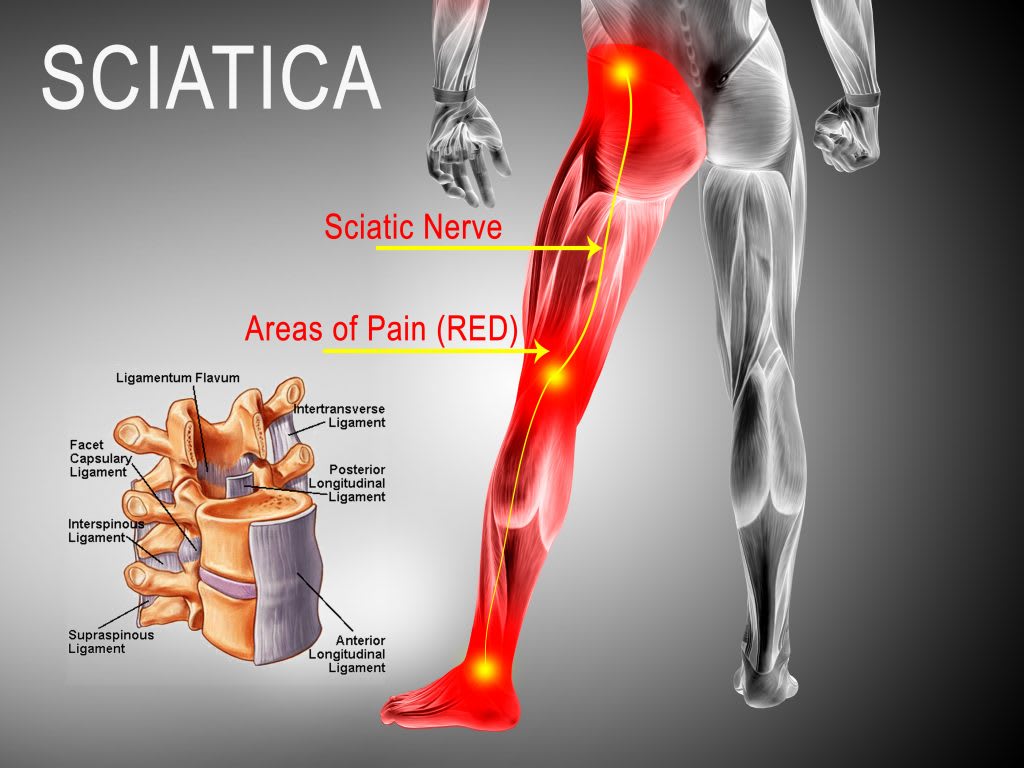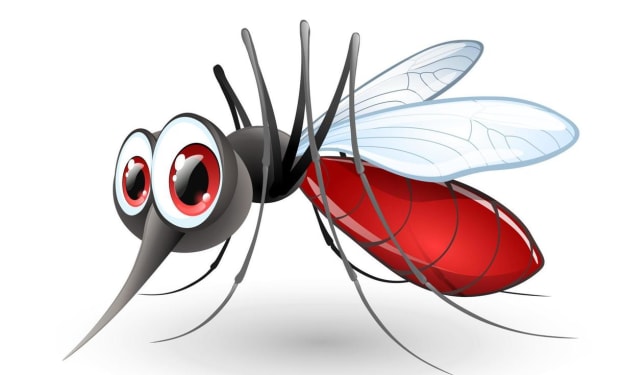SCIATICA AGONY
The Excruciating Journey of Sciatica Sufferers"

INTRO
Sciatica is a medical condition that comes with a pain radiating through the sciatic nerve from the waist down to the foot, (Doctor Eric Marfo, medical consultant and sciatica expert in 21st clinic, 20201)
Sciatica pain speaks a distinct language amidst the universal language of pain. It is a relentless and intermittent companion that knows no boundaries of age, gender, or race. Sciatica is more than just physical pain. In this publication, we delve into the emotional depths of those who grapple with sciatica, shedding light on their struggles, triumphs, and the enduring spirit that keeps them moving.
The Agony
According to Mayo Clinic, “Sciatca pain can vary from a mild ache to a sharp, burning pain. Sometimes it can feel like a jolt or electric shock. It can be worse when coughing or sneezing or sitting a long time”. If you are fortunate enough to have never experienced it, sciatica may sound like a mere wrench or sporadic uneasiness, but for multitude who suffer from it, sciatica is an extreme torture that pervades every aspect of life. It often begins subtly, a mere whisper of discomfort that gradually crescendos into a cacophony of pain. Imagine waking up one morning to a sharp, searing pain shooting down your leg like a bolt of lightning. You attempt to stand, but your body rebels against you, rendering even the simplest of movements excruciating. Every step feels like walking on shards of glass, and the relentless throbbing leaves you restless.
Solemn hustle
Sciatica is not just a physical ailment; it's an isolating force that separates sufferers from the world they once knew. As the pain intensifies, the outside world becomes a distant memory, and the boundaries of your world shrink to the confines of your bed or couch. Friends and family offer sympathy, but they can never truly understand the depth of your suffering. The isolation is as much emotional as it is physical. The once-independent souls are reduced to relying on others for even the most basic tasks. The loss of autonomy is a bitter pill to swallow, and the feeling of helplessness can be overwhelming.
Continuous Struggle
In the battle against sciatica, every day is a war. Simple tasks like, picking up a fallen pen, or taking a shower become herculean tasks. The pain is unrelenting, often accompanied by numbness and tingling sensations that further erode one's sense of self.
Slumber, once a refuge, becomes a battleground. Nights are spent tossing and turning, searching for a position that provides a momentary respite from the pain. The resulting sleep deprivation only deepens the emotional turmoil, leading to a sense of hopelessness.
Sciatica isn't just about physical pain; it's a relentless emotional torture. One moment, you may experience anger, lashing out at your own body for betraying you. The next, you're overwhelmed by sadness, mourning the loss of the life you once knew. Anxiety often sets in as you contemplate an uncertain future, wondering if the pain will ever subside. Depression can become a constant companion, its dark cloud casting a shadow over even the brightest moments. The emotional toll is often overlooked, but it's an integral part of the sciatica experience.
The Power of perseverance
Amid the tears and the moments of despair, there is an indomitable spirit that emerges in those who battle sciatica. It's a resilience born from necessity, a refusal to let pain define their existence. They find strength in small victories, whether it's taking a few steps unaided or managing to sleep through the night.
Support networks become lifelines. Connecting with others who share the same struggles provides a sense of belonging and validation. Sharing stories of triumphs and setbacks reminds them that they are not alone in this battle.
THE SEARCH FOR RELIEF
People suffering from sciatica yearn for the day when they can once again walk without pain, play with their children, or pursue their passions. In the quest to escape the charges of sciatica, sufferers embark on a relentless journey through the labyrinth of treatments and therapies. Doctors, physical therapists, and alternative healers become their guides, offering glimpses of hope amid the despair. Despite the relentless pain and the emotional turmoil, there is an unwavering belief that things can get better.
Medical advancements continue to offer new possibilities for relief. Surgical interventions, minimally invasive procedures, and innovative therapies provide rays of hope for those trapped in the clutches of sciatica. And through it all, the human spirit persists, reminding us that even in the face of seemingly insurmountable challenges, hope is a powerful force.
There are several strategies and treatments that can help alleviate the discomfort and promote healing. It's essential to consult with a healthcare professional to determine the best approach for your specific condition.
According to doctor Eric Marfo (a sciatica expert in 21st clinic Kumasi, Ghana), there are various ways to relieve sciatica pain at home which include avoiding prolong standing and prolong sitting as this can put extra pressure on the lower back and irritate the sciatic nerve, avoiding too much bed rest where possible, placing a small, firm pillow between the knees when lying or sleeping on the side, placing a small, firm pillow underneath the knees when lying or sleeping on the back, trying a deep tissue massage, the use of hot water bottle for hot compress. The use of pineapple crown tea is also recommended as part of herbal treatment. He made this known on a program ‘my health, my life’ on UTV.
Other treatment procedures include:
• Prescription medications
• Physical therapy.
• Alternative therapies.
Experts also recommend surgical Intervention in severe cases where conservative treatments have not provided relief. Surgical options like discectomy, laminectomy etc may be considered to relieve pressure on the sciatic nerve. Consult with a spine specialist to determine if surgery is necessary.
It is pertinent to note that what works for one person may not work for another, and a comprehensive treatment plan often combines multiple approaches. Always consult with a healthcare provider or specialist to determine the best course of action for your specific condition. Additionally, be patient and persistent in managing sciatica, as recovery can take time. Patience is the key word.
Conclusion
Sciatica can be said to be a reflective emotional experience that transforms and create burden in society and not merely a medical condition. It tests the limits of physical endurance and mental fortitude, pushing sufferers to the brink of despair. Yet, within the depths of suffering, there is an enduring spirit that refuses to be extinguished. It's a spirit that finds solace in small victories, draws strength from support networks, and clings to the belief that better days lie ahead.
As we delved into the emotional landscape of sciatica sufferers, we are reminded of the power of resilience, the importance of empathy, and the boundless capacity of the human spirit to endure, overcome, and ultimately thrive in the face of adversity.
About the Creator
YUSIF SALIFU
DOCTOR_ALTERNATIVE MEDICINE





Comments
There are no comments for this story
Be the first to respond and start the conversation.